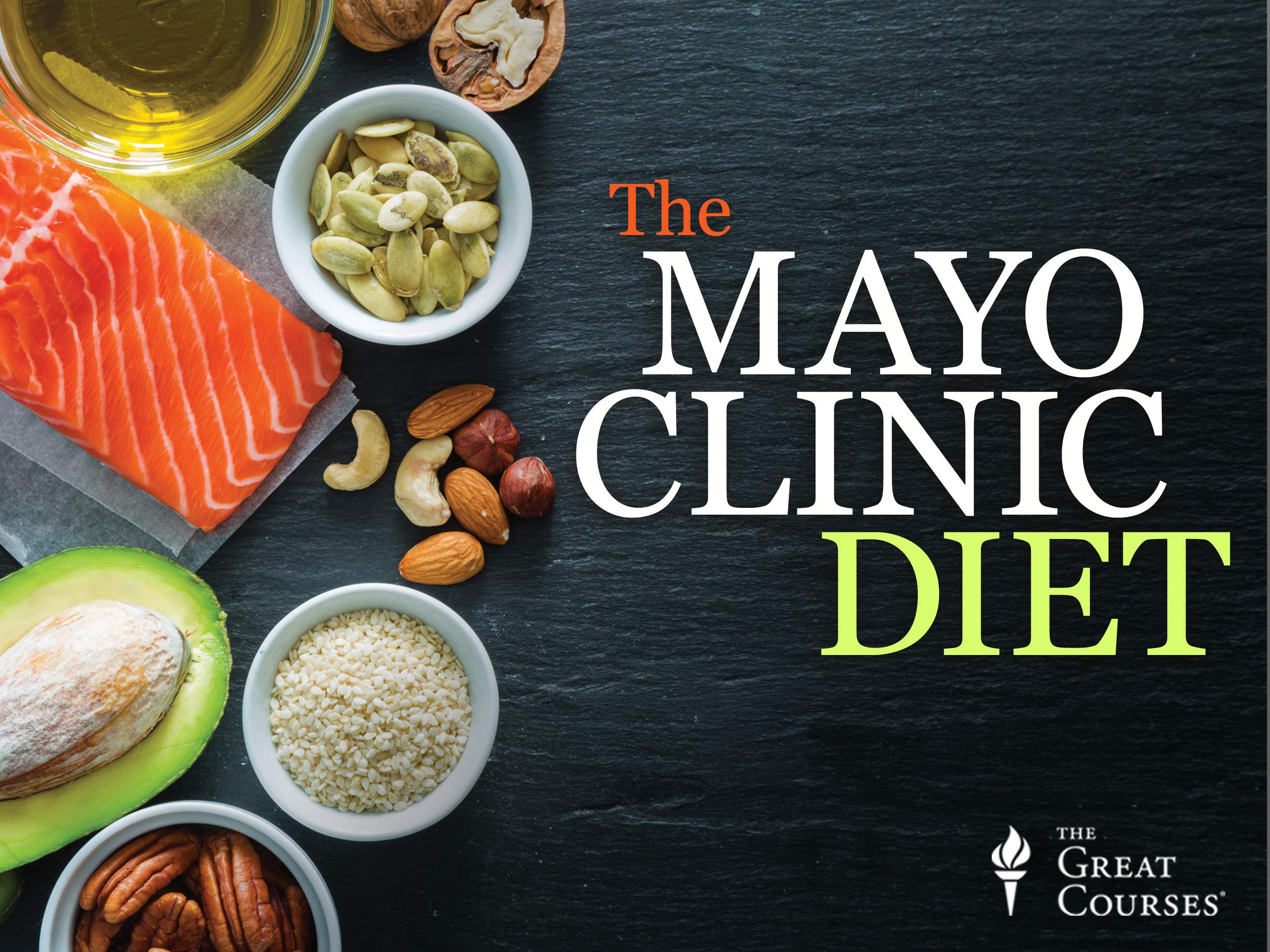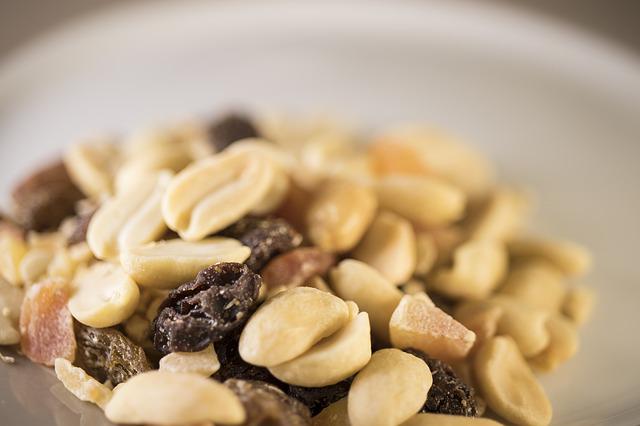
You're likely asking "Who invented Paleo?" American scientist Dr. Loren Cordain specializes both in exercise physiology as well as nutrition. He is one of the most prominent proponents of Paleo. Which of these men should you believe, though? Or is this just another legend? You'll find out the truth about this fascinating diet in our next article!
Dr. Loren Cordain
Paleo, a controversial lifestyle plan, encourages you to eat foods your hunter-gatherer forefathers ate millions of year ago. The diet is based on research into the Stone Age diet, which was low in salt and high in potassium. High salt intake is linked to many modern diseases. Dr. Cordain states that it is possible to avoid many illnesses by eating like our caveman forefathers.
Cordain has been a prominent figure in the fields of nutrition and evolution. His research was featured on numerous major media outlets such as Dateline NBC and The New York Times' front page. He has written three books on the subject as well as a newsletter. The resources below provide more information about Paleo.
The Paleo Diet is divided into three levels: the basic, intermediate and advanced. The lowest level allows you to eat fewer open meals and more forbidden foods. You can eat legumes and other seeds but only in moderation. You can have up to 20 meals per week and 20 snacks at the highest level. If you want your life to be long and prosperous, the diet should be followed for a lifetime.

The diet is based around the idea that hunter gatherers have high protein intakes. Cordain, however, cites research to back his theory. He used an ethnographic map of 229 hunter/gatherer groups to create the atlas. According to Cordain's research, 73% got more than half of their energy from animal products and only 14% ate vegetables. Cordain's findings were refuted by Katherine Milton in Am. J. Clin. Nutr. 71:665-667.
This hypothesis might seem to be a valid one, but Dr. Cordain offers strong counterarguments. While Cordain claims that a diet low in fat and carbohydrates can increase one's risk of cancer, this hypothesis is not supported by the evidence. For instance, the diet's benefits are far greater than its drawbacks. Cordain's study also points to its many limitations and is not yet definitive.
Walter Voegtlin
The Paleolithic diet is a way of eating that has been around for 35 years, if not longer. Walter Voegtlin a gastroenterologist, created the Stone Age Diet. The diet was developed after studying man's ecology and dietary habits. His study found that the diet was beneficial for people with common digestive problems. The diet offers many health benefits, including improved brain function.
Voegtlin's diet was based on the idea that humans evolved as carnivores. We should also do the same. He believed that humans are genetically similar to dogs and sheep, and should therefore eat a carnivorous diet. Advocates of the diet point to current data which is mixed, but generally favorable. They should also remember that humans today have not changed as much as the animals did ten thousands of years ago to the paleo diet.
Walter Voegtlin used the chemistry of foods to show the effectiveness of his diet in "The Real Diet of Man". This book also discusses low-glycemic foods and high fiber as well balanced essential oils. It is focused on foods that help the body function optimally. Ted Slanker & Walter Voegtlin are the authors. They have been reporting about nutrition research basics for over 15 years. They are able to distill complex research into the essential nutrients for human health.

Paleo does not allow certain food groups to be consumed, such as sugar, salt, or grains. The diet is not suitable for some animals that are grain-fed. Additionally, modern fruits and vegetables are very different from those that were consumed in paleolithic times. In fact, some Paleo diet enthusiasts cite studies that have only a small number of subjects and are not long-term. Those studies cannot support the Paleo diet as a whole.
Since the Paleolithic diet is based on animal protein, a study of animals' diets is necessary. Even though Paleolithic food choices were not completely vegetarian, they have had an impact on the lives of modern humans. Many of these researchers believe that animal diets weren't entirely vegetarian or vegan. While eating more meat and fat can lower cholesterol, it can also improve cardiovascular disease prevention.
FAQ
How do you store leftovers best?
Tupperware containers are great for storing leftovers. These containers keep foods fresh and prevent odors from forming. They can also keep food warm longer. Leftover food can be frozen in freezer bags. You can freeze leftover food by placing it in another freezer bag. This will prevent any air from escaping. Once the food has been frozen, transfer it into an airtight container such as a zip lock bag.
Do I require any special equipment?
No, you don't need any special equipment to learn to cook. However, it can be easier to use the right tools. For example, you could use a knife instead of a fork to eat pasta or a whisk instead of a hand mixer to whip egg whites into stiff peaks. It makes cooking much easier and quicker.
Are there any ingredients I can buy to cook?
You don't need to buy every ingredient. Most grocery stores sell premade sauces and other items you can use as substitutes. Pre-made meals are a great way to save money.
What does it take to become a chef in the United States? What Is the Average Career Path?
It takes five years to become a chef. You will learn basic cooking techniques, and get experience as a chef assistant. After your training is complete, you will be eligible to apply for a job as a sous chef, executive chef, or line cook. The salary range for a chef is between $25,000 to $60,000 per annum.
Statistics
- In the United States, the category is estimated at $23.2 billion annually and is growing faster than the market. (washingtonpost.com)
- On average, chefs earn $58,740 a year, according to the BLS. - learnhowtobecome.org
- You'll be amazed that over 90% of CIA students receive scholarships and grants to finish their culinary studies. (ischoolconnect.com)
External Links
How To
How to become a chef
Chefs are one of the most fascinating careers. It takes a lot to be able to do this job well. There are many opportunities to begin working right away if this is your goal. You can choose to work at restaurants or in catering companies. These helpful tips can help you make an informed decision about becoming a chef.
-
Learn how to cook! Cooking is something that everyone should master at least once. It doesn't matter if your knowledge of food is limited, you can learn how to make it. There are so many great recipes available online. They are also easy to follow. It is important to not rush when learning new things. Take your time and enjoy every step of the process.
-
A culinary arts degree is a good option if you are looking to be a professional chef. You will develop your own taste and style while learning valuable knowledge. Culinary schools offer many courses, including baking, pastry, meat cutting, and more. They require students to take classes for several year before they graduate. However, if you really wish to become a chef you need to think twice about choosing any school.
-
Work in a restaurant
Working in a restaurant is probably the easiest way to enter the world of chefs. People who want to be chefs start by working in a restaurant. Restaurants look for qualified staff who have previously worked in another field. Restaurant jobs are a great way to get a job as a chef.